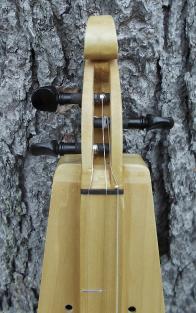Ed Thomas replica by John Knopf
Instruments- discuss specific features, luthiers, instrument problems & questions
Greg, I'm so glad you love the dulcimore! You play it well. If I were you, I'd try both in-strums and out-strums to vary the sound. I find that songs sound slightly different when you change-up the strum directions. Beautiful recordings!




